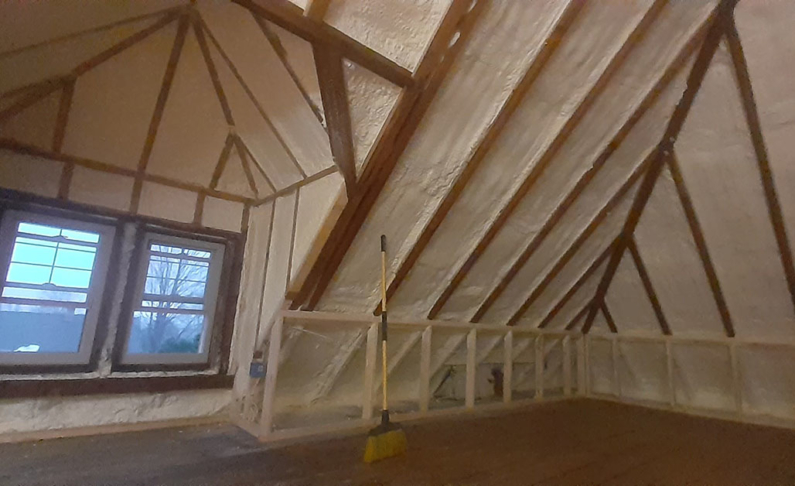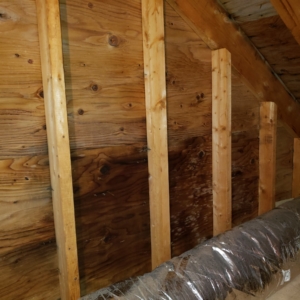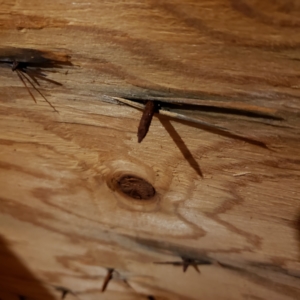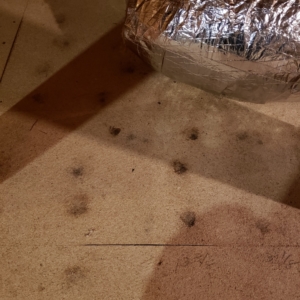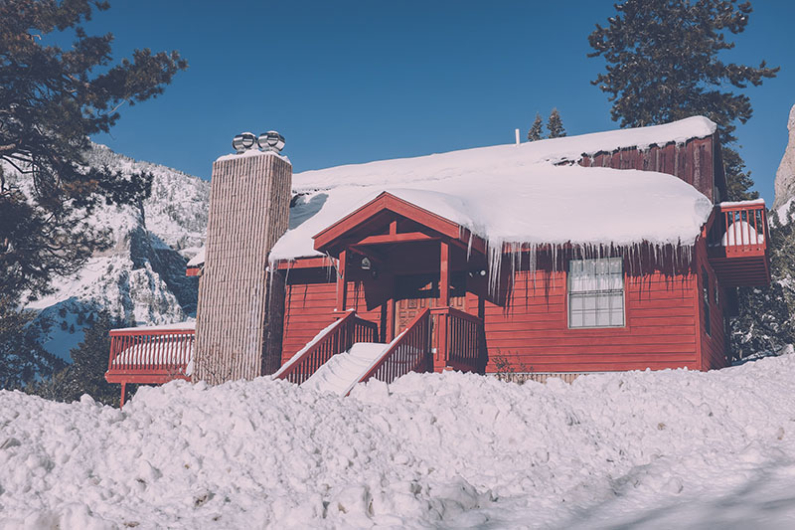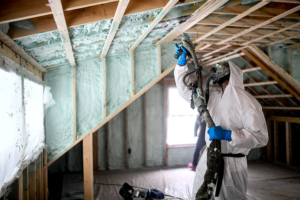People often neglect their attics, leaving them unexplored for years. However, checking your attic during the winter is of paramount importance. This is the time when condensation becomes a significant concern. Attic moisture can lead to various problems, and it's crucial to understand the causes and consequences of this issue. In this blog, we will explore the reasons why it's important to inspect your attic for moisture in the winter, the potential causes of condensation, and why it's not always a roofing problem.
The Impact of Condensation
Condensation is a major adversary for your home, and it can cause a range of issues. It can occur when warm, moisture-laden air from the interior of your home rises into the attic and meets a cold surface, typically the roof deck. This clash of temperatures causes the moisture in the air to condense into water droplets. Over time, this can lead to various problems, including:
- Mold and Mildew Growth: Excess moisture in the attic provides an ideal environment for mold and mildew to thrive. This can lead to health problems for your family and structural damage to your home.
- Insulation Problems: Condensation can saturate insulation materials, reducing their effectiveness. Inadequate insulation can result in energy loss and higher utility bills.
- Structural Damage: Prolonged exposure to moisture can compromise the integrity of your attic's structure, including wooden beams and rafters, potentially leading to expensive repairs.
- Reduced Energy Efficiency: A damp attic can affect your home's energy efficiency. Your heating system will have to work harder to maintain a comfortable temperature, leading to higher energy bills.
Common Causes of Attic Moisture in Winter
Several factors contribute to attic moisture during the winter, making it essential to regularly check your attic for issues. Here are some common culprits:
- Inadequate Air Barriers: Older homes often lack proper air barriers between the living space and the attic. This allows warm, moist air to infiltrate the attic, leading to condensation when it meets the cold roof deck.
- Can Lights: Recessed can lights can create openings in the ceiling that allow warm air to escape into the attic. These fixtures are a common source of heat and moisture transfer.
- Unsealed Attic Hatch: An unsealed attic hatch provides an easy path for warm indoor air to flow into the attic. When this air cools, it can lead to moisture problems.
- Poor Ventilation: Proper attic ventilation is crucial for removing excess moisture before it can condense. Inadequate or blocked ventilation can exacerbate moisture issues.
Proper Attic Ventilation
Proper ventilation plays a vital role in maintaining a healthy attic environment. When designed correctly, it allows air to circulate, reducing humidity and preventing condensation. Here's why proper attic ventilation is essential:
- Preventing Moisture Buildup: Adequate ventilation helps remove excess moisture from the attic, preventing condensation and related problems.
- Extending Roof Lifespan: Well-ventilated attics can help extend the lifespan of your roofing materials by preventing moisture-related damage, such as rot and mold growth.
- Improving Energy Efficiency: A properly ventilated attic can enhance your home's energy efficiency by reducing temperature extremes in the attic space, making it easier to maintain a comfortable indoor temperature.
- Enhancing Indoor Air Quality: Good attic ventilation can prevent the infiltration of mold and mildew spores into your living space, which can improve indoor air quality and protect your family's health.
Misconceptions About Roof Leaks
Many homeowners who discover moisture in their attic automatically assume they need roof repairs. However, in most cases, it's not a roofing problem but rather an issue related to ventilation or moisture. Here are some misconceptions about roof leaks:
- Visible Moisture Equals a Roof Leak: Seeing moisture in your attic doesn't necessarily mean there's a roof leak. In many cases, the moisture results from other factors, such as poor ventilation or excess indoor humidity.
- Roof Damage Is the Culprit: Assuming that roof damage is the root cause can lead to unnecessary expenses. Before scheduling costly roof repairs, it's essential to investigate the underlying issue, which may be related to ventilation or insulation.
- Year-Round Problem: Attic moisture is more common during the winter due to the temperature difference between the warm indoor air and the cold attic space. It may not be an issue during the summer months.
Read also: Does Spray Foam Damage Roof Shingles?
Conclusion
Checking your attic for moisture during the winter is a critical home maintenance task. Understanding the causes and consequences of attic condensation is essential for maintaining a healthy home. Inadequate ventilation, improper air barriers, and various household factors can contribute to attic moisture, leading to problems such as mold growth, insulation issues, structural damage, and reduced energy efficiency.

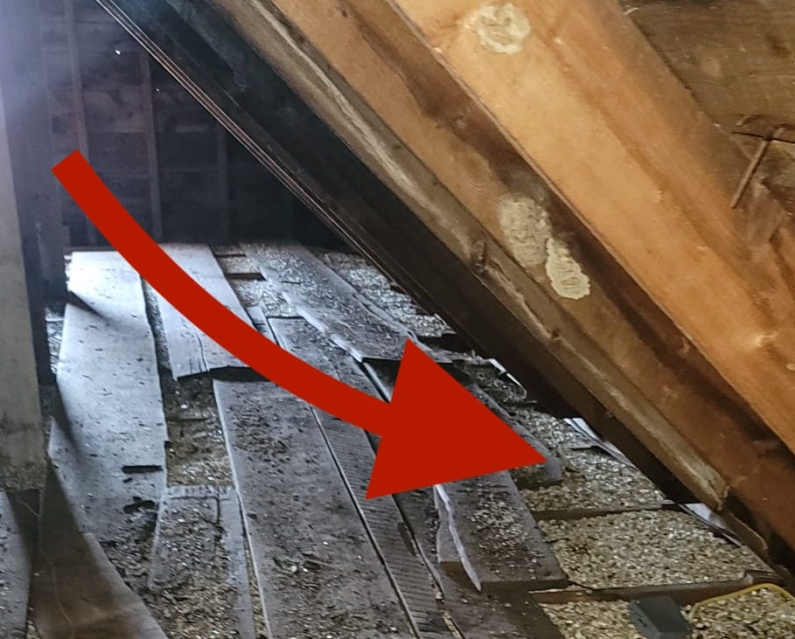
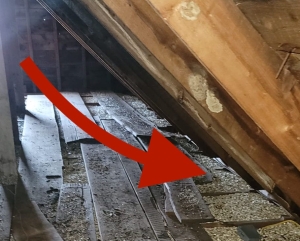 For those of you that know any of us here at The Green Cocoon, you know we’re passionate about what we do and how we do it. We also aim to spread knowledge and promote safety in our beloved homes.
For those of you that know any of us here at The Green Cocoon, you know we’re passionate about what we do and how we do it. We also aim to spread knowledge and promote safety in our beloved homes.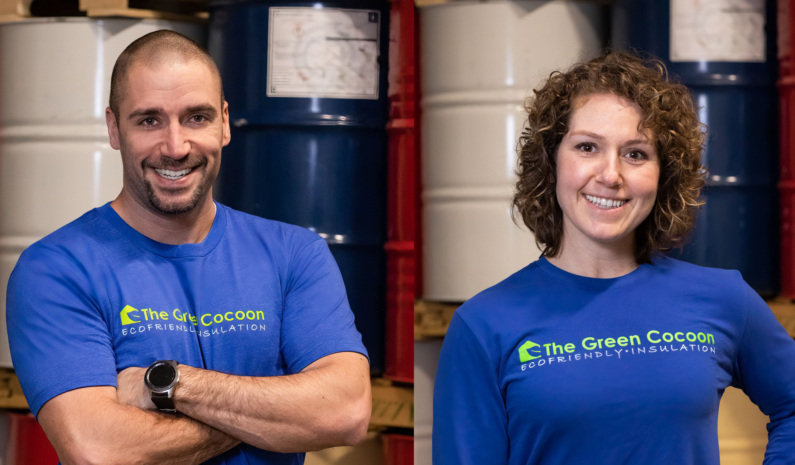
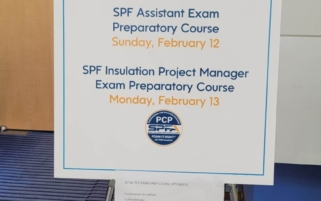




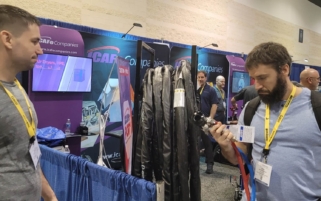
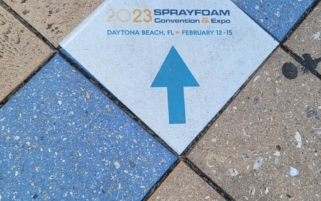

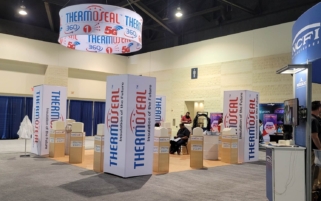



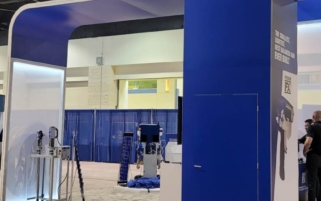


 Here are five ways you can show your home some love this Valentine’s Day.
Here are five ways you can show your home some love this Valentine’s Day.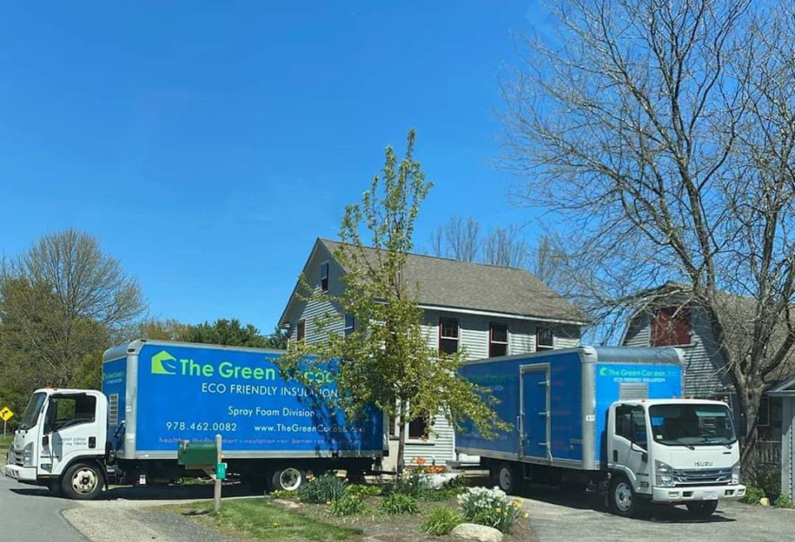
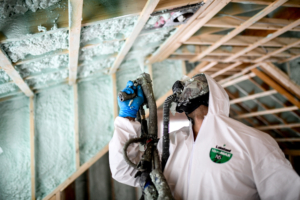 The new
The new 
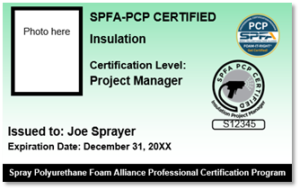
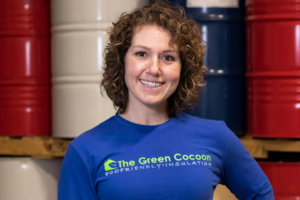 In February, Mike and VP Candace Lord will receive the final level of training and certification, which is project manager.
In February, Mike and VP Candace Lord will receive the final level of training and certification, which is project manager.